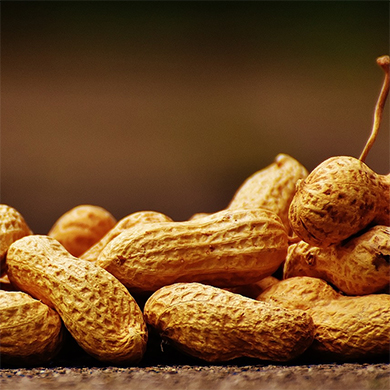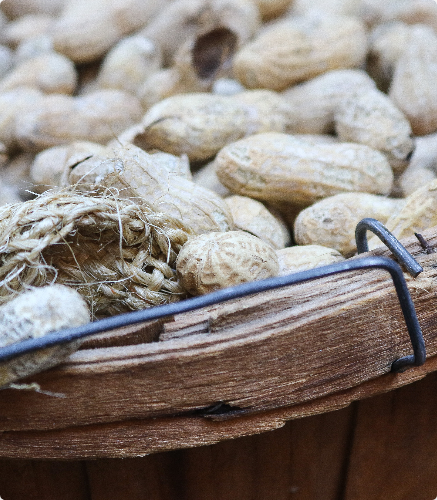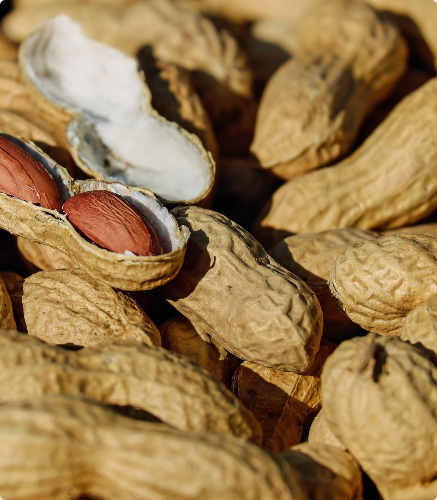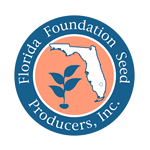One of Florida’s first peanut breeders was Fred Hull, an agronomist at the University of Florida. In 1928, Hull was the first person to successfully artificially hybridize peanuts. He then collaborated with William Carver to release the cultivar ‘Dixie Runner’ in 1943, which was grown widely in the southeastern U.S.
After ‘Dixie Runner’ came ‘Florunner’, released by Allen Norden, who joined the peanut-breeding team in 1958. ‘Florunner’ quickly beat out competing cultivars because its yield was 20 to 25 percent higher. For more than 20 years, ‘Florunner’ dominated the market throughout the peanut-growing world, especially in the U.S. where it occupied more than 80 percent of the peanut acreage.
Daniel Gorbet joined the program in 1970 and began breeding peanuts for disease resistance. His efforts resulted in a new class of peanut cultivars that saved the industry when ‘Florunner’ succumbed to tomato-spotted wilt virus. Today, all of the major cultivars in the southeast U.S. trace a large portion of their parentage to these disease-resistant cultivars.
In the 1980s, Allen Norden discovered the “high-oleic trait” which keeps peanuts fresh and delicious much longer than other peanuts. Manufacturers of peanut-based products prefer this trait.





